
Read or listen offline
Amazon Kindle
auto-generated audio
1×
Log in to listen to the audio summary.
auto-generated audio
Recommendation
Shadow banking is something everyone has heard of but few understand well. Roughly equal in size as an industry to traditional banking, shadow banking is indispensable in today’s financial system. While it has grown ad hoc in response to market needs, it now has the heft to potentially disrupt economies all over the world. getAbstract recommends this paper for its astute treatment of the topic of shadow banking and the regulation needed to deal with it.
Summary
About the Author
Tobias Adrian is a senior vice president of the Federal Reserve Bank of New York.
By the same author
Report
Report
Learners who read this summary also read
Book









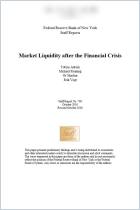
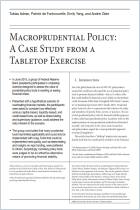
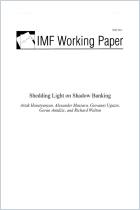

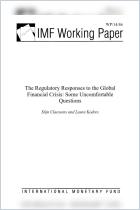
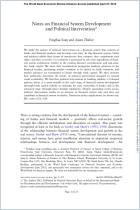
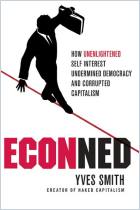






Comment on this summary or Start Discussion